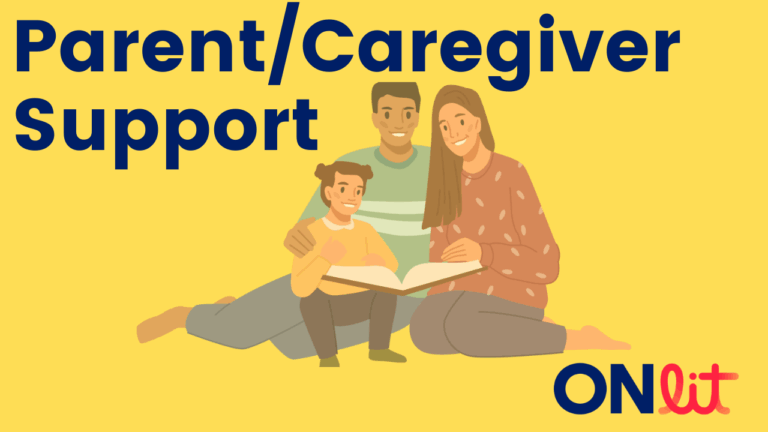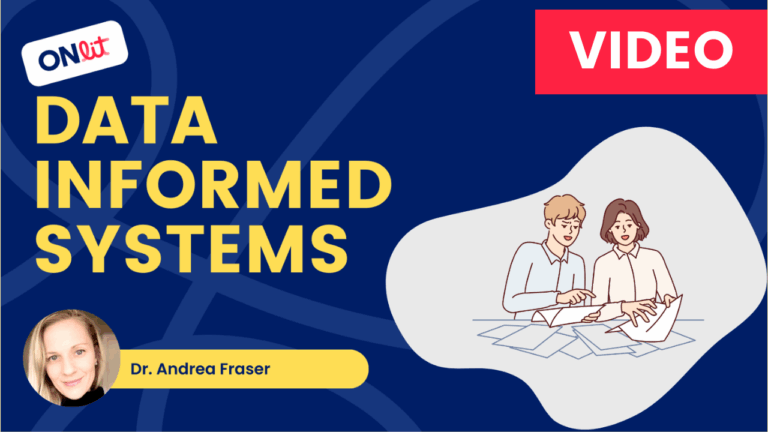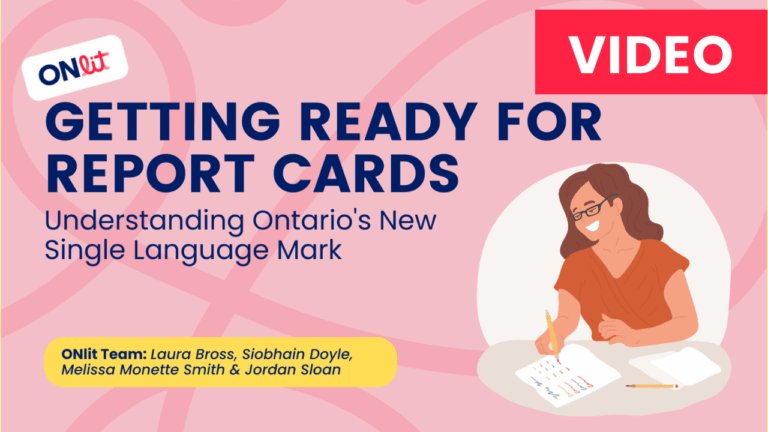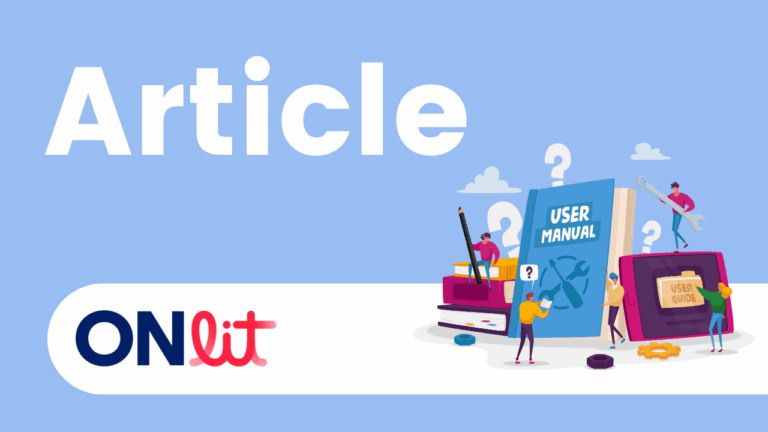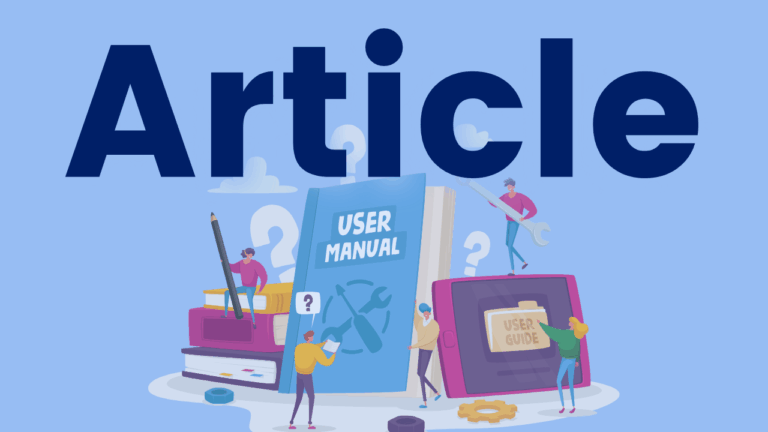Screening: What Principals Need to Know Webinar Recording
On the recommendation of the Ontario Human Rights Commission, Ontario will be starting early reading screening in Fall 2024. This webinar clarifies the important role principals play in screening: the who, what, when, why, and how of early reading screening – and, most importantly, how we can use these data to improve student outcomes.


